The Clove Hitch is a simple hitch for securing a line to a post or pole or other round object, somewhat larger than the diameter of the line.
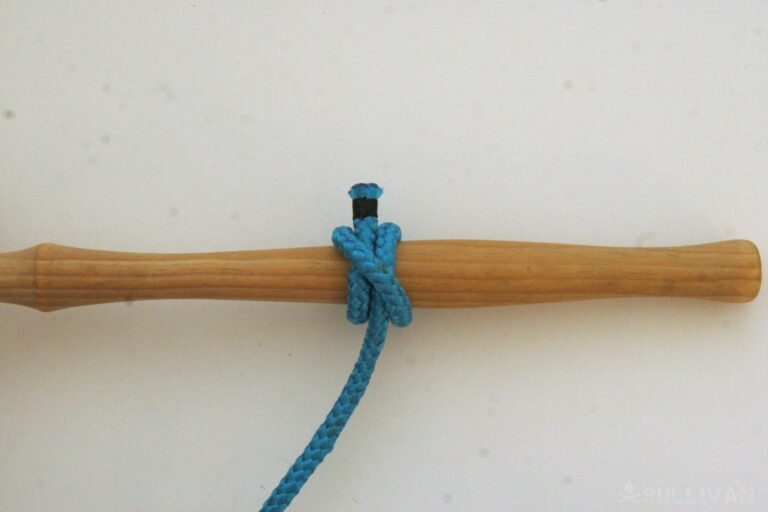
In most situations the round turn and two half hitches will do just as well, and the clove hitch is known to fail when tied on square or rectangular posts. The Two Half Hitches in the other knot ‘lock’ it securely, so it is less likely to fail even on irregularly shaped objects.
However, the Clove Hitch is included here for the sake of completeness, because it is included in every knot-tying guide in the world, and it would be an oversight not to recognize its popularity and usefulness.
Step 1. Make a turn:
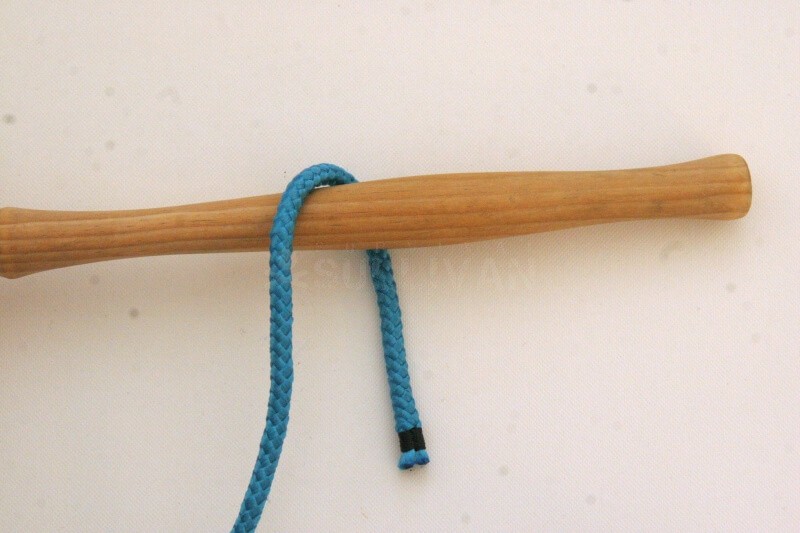
Step 2. Cross the working end over the pole, and over itself:
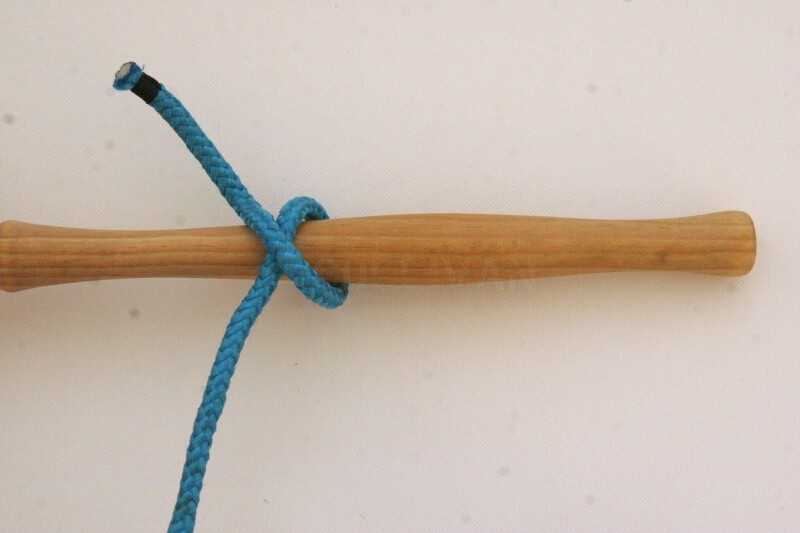
Step 3. Pass the working end under the pole making a second turn. Take care not to cross any line at this point:
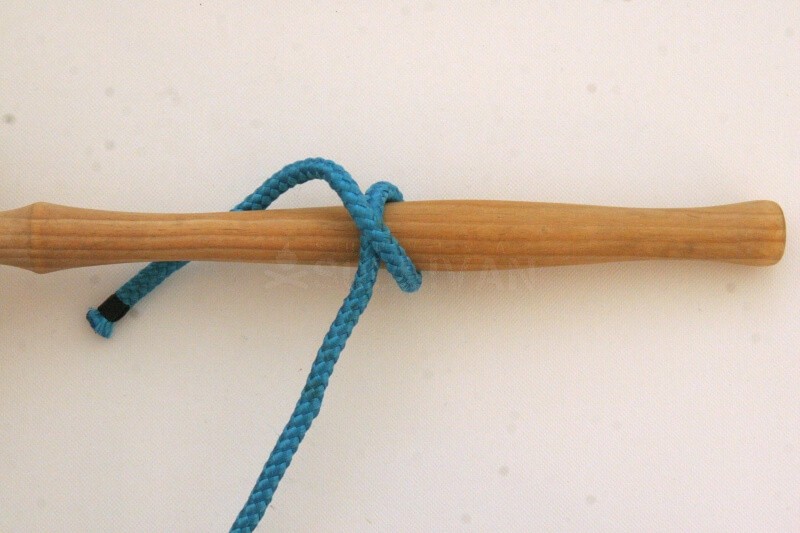
Pass the working end under the last line which crossed the pole. And then pull on it to tighten the knot:

Related Knots
- The Clove Hitch is related to all other hitches, and especially closely to those which are made by ‘stacking’ or arrange various half-hitches (as the Clove Hitch is) or their variations: the Cow Hitch (or Girth Hitch, or Lark’s Head) and the Munter Hitch (AKA Italian Hitch) are notable examples.
- The Constrictor, Double Constrictor, Strangle Knot and its other formation the Transom Knot are all variations of the same principle of crossing turns that the Clove Hitch uses.
- If made with ‘crossed ends’ (placing the working end on the other side of the standing end to finish the knot, the Clove Hitch is topologically the same as a standard overhand knot.
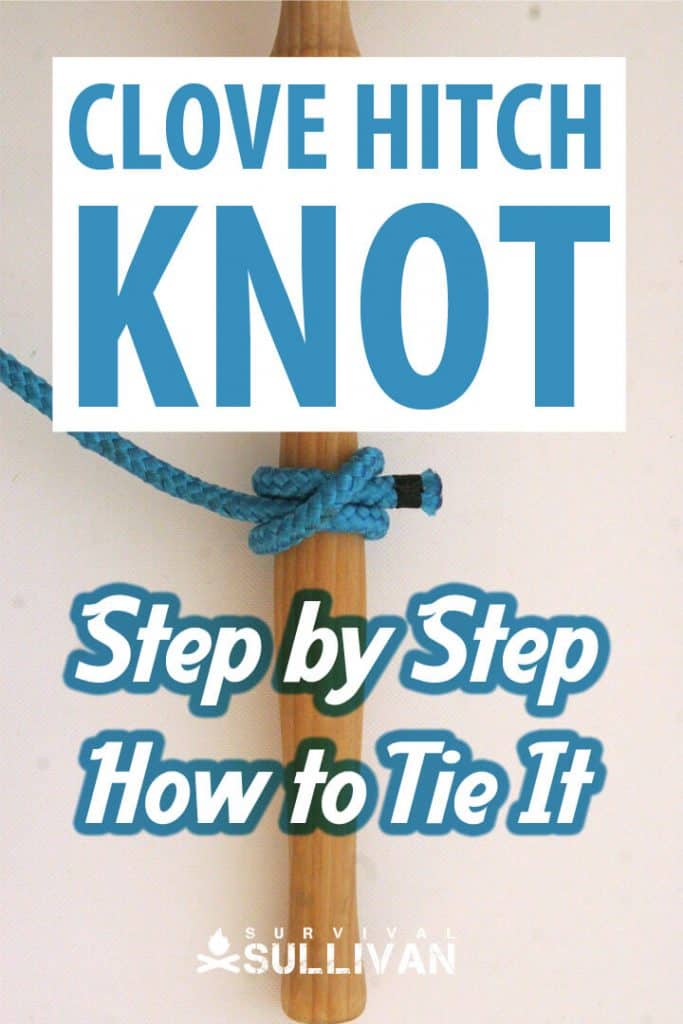
Nick O’Law has been exposed to survival from a very young age. In his teenage years, he learned A LOT about bushcrafting, such as making snares and traps, and even how to make DIY knives.
If you haven’t ye read and tried his knot-making articles on Survival Sullivan, you should definitely check them out.
